A hidden gem in the heart of London that any book lover should have on their must-visit list! Tucked away just off Charing Cross Road, this charming pedestrian alley is like stepping back in time to a bibliophile’s paradise.
Known affectionately as Booksellers Row, Cecil Court is home to around 20 independent bookshops and antiquarian dealers. The street has a rich history dating back to the 17th century. It’s said that a young Mozart lived here in 1764 while performing for King George III. But it was in the late 19th century that Cecil Court really found its identity as a hub for bookshops and publishing houses.
Today, each store has its own character and specialty. For instance, Goldsboro Books specializes in signed first editions and is a mecca for collectors. If you’re into esoteric subjects, Watkins Books, founded in 1893, is one of the world’s oldest and leading independent bookshops for esoteric and spiritual books. For music lovers, Travis & Emery Music Bookshop offers a treasure trove of rare and secondhand music books and scores.
Film buffs should check out Marchpane, which specializes in children’s books but also houses an impressive collection of Alice in Wonderland memorabilia. And if you’re into maps and prints, Bryars & Bryars is the place to go.
The Victorian shopfronts with their gleaming brass fittings and hand-painted signs add to the old-world atmosphere. It’s the kind of place where you can easily lose track of time, browsing dusty shelves and chatting with the knowledgeable shopkeepers. And who knows? You might even stumble upon a literary treasure or two. Just be sure to bring your wallet – some of these rare books can fetch quite a price!
Whether you’re a serious collector or just a casual browser, Cecil Court offers a unique glimpse into London’s literary heritage.


If you want to feel like you’re in London during historical times, we can highly recommend and English pub meal. Wash it down with a nice ale brewed in the pub you’re sitting in and imagine you’re a traveler on an important errand for the King. A PLEB who makes do with their lot in life, dreaming of a time when you’ll become a knight. Or maybe it’s scheming to take down the King and rule the Kingdom yourself? There are always spaces for villains in our stories.
Here are a few insider tips on where you might find some authentic local pubs serving up traditional English pub food. While it’s not technically traditional, most pubs have vegetarian options in the style of traditional English pub food. Check the menu for details before sitting down.
First off, the key is to venture away from the main tourist areas. While central London has some great pubs, they’re often packed with visitors. Instead, try heading to some of the more residential neighborhoods. Here are a few suggestions:
Remember, these are just a few examples. The best way to find a truly local pub is often to wander a bit off the beaten path in a residential area and look for a place that seems popular with locals.


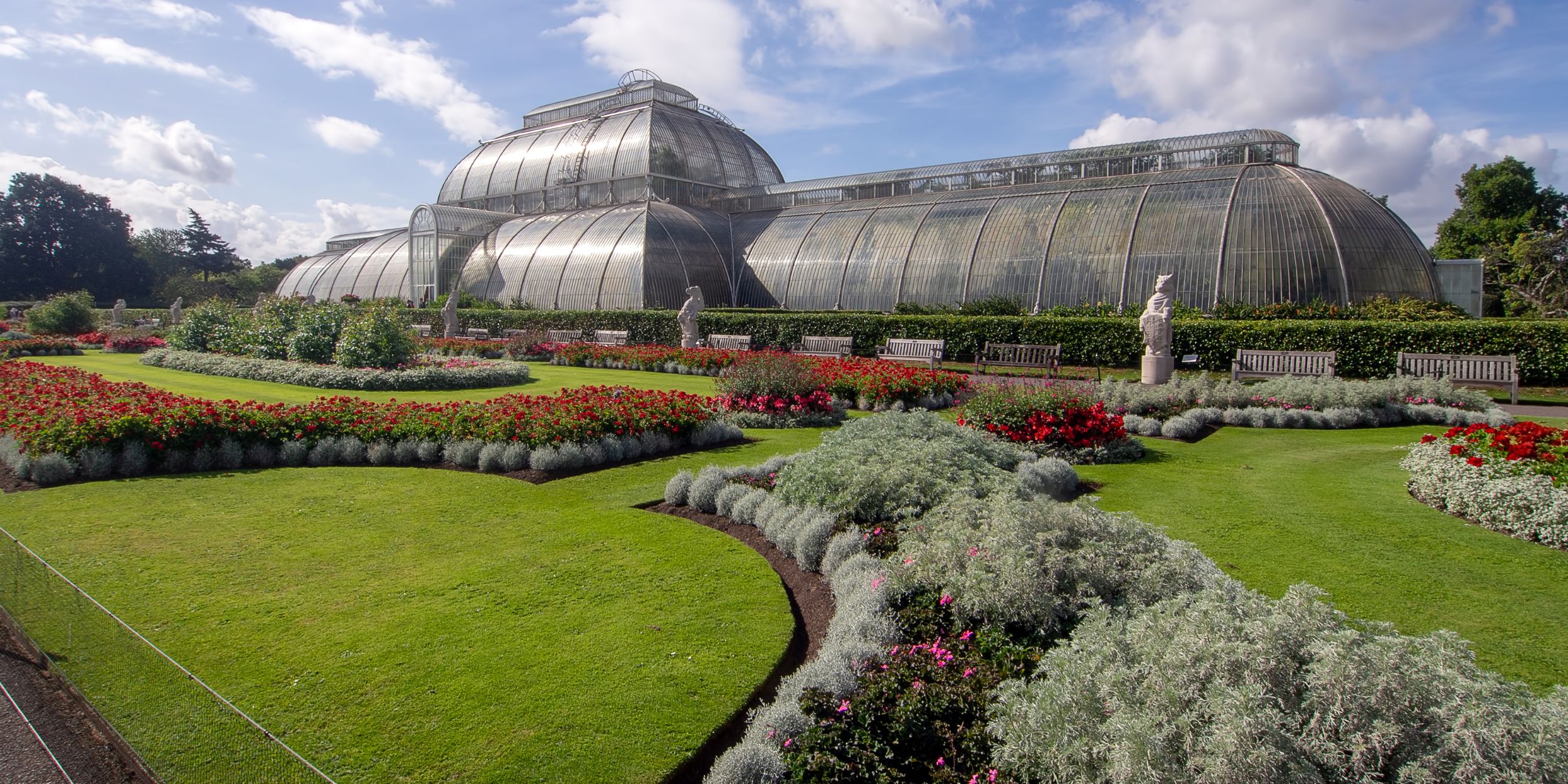
London’s parks are like green oases in the urban jungle, offering a breath of fresh air and a slice of nature right in the heart of the city. They’re perfect for everything from a leisurely picnic to a break from exploring the city, or just people-watching on a sunny afternoon—at least when the sun does shine in London, which is a rare occurrence indeed.
We’re PLEBs, it’s true, but we can’t deny the beauty of the Royal Parks, so we’ll include them here so you can walk through them and enjoy a respite on your London city break.
Hyde Park is probably the most well-known. It’s massive, right in central London, and home to the Serpentine lake where you can rent paddle boats in summer. It’s connected to Kensington Gardens, which has the beautiful Kensington Palace and the whimsical Peter Pan statue.
Regent’s Park is another stunner. It’s got the London Zoo, an open-air theatre, and some of the prettiest flower gardens you’ll ever see. If you’re up for a bit of a climb, head up Primrose Hill for a spectacular view of the London skyline.
St. James’s Park is smaller but perfectly formed. It’s right next to Buckingham Palace and has a lovely lake with pelicans! Yes, actual pelicans. They’ve been there since the 17th century when they were a gift from a Russian ambassador.
Green Park is another Royal Park, known for its mature trees and tranquil atmosphere. It’s a great spot for a picnic or a quiet read.
Victoria Tower Gardens is a hidden gem in Westminster situated quietly between the Houses of Parliament and the River Thames. The gardens pay tribute to notable champions of human rights and freedoms, including Emmeline Pankhurst, Mahatma Gandhi, and Nelson Mandela. This tranquil green space offers a serene reflection on their enduring legacies. It’s also a lovely spot to view the Victoria Tower building while taking a break from the crowds roaming the streets of London. Trust us, you’ll need a moment.
Hampstead Heath in North London is wilder and more rugged. It’s huge, with swimming ponds, woods, and Parliament Hill, which offers panoramic views of the city.
Victoria Park in East London is a local favorite. It’s got a boating lake, lots of sports facilities, and hosts some great events and festivals.
Battersea Park, south of the river, has a little bit of everything – a small children’s zoo, a boating lake, and even a Peace Pagoda.
Holland Park is lesser-known but absolutely beautiful. It has a Japanese garden, an orangery, and roaming peacocks!
Postman’s Park in the City of London is tiny but packed with history. It’s home to the poignant Watts Memorial, which commemorates ordinary people who died saving others.
These parks aren’t just pretty spaces – they’re the lungs of the city, steeped in history and central to London life.
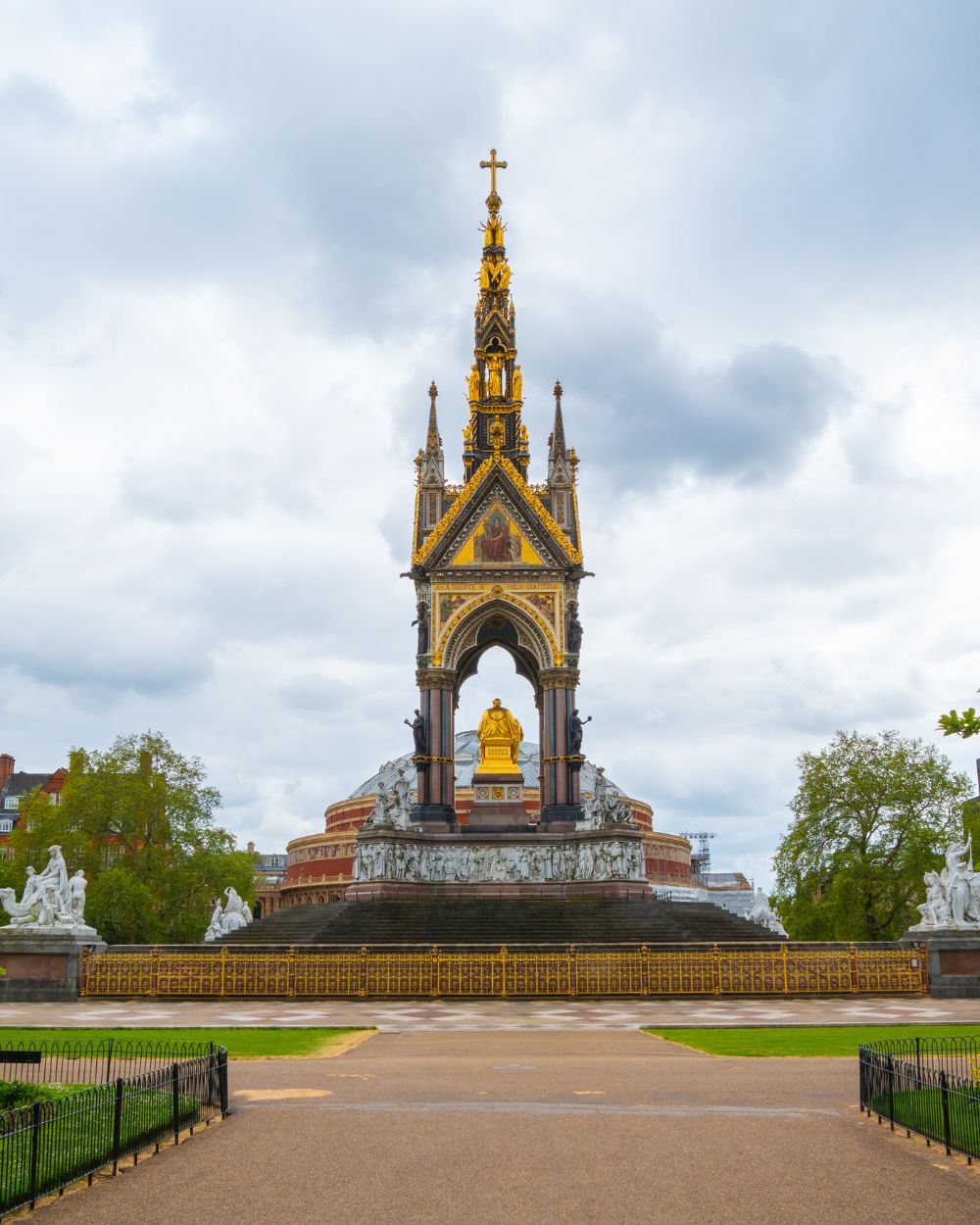
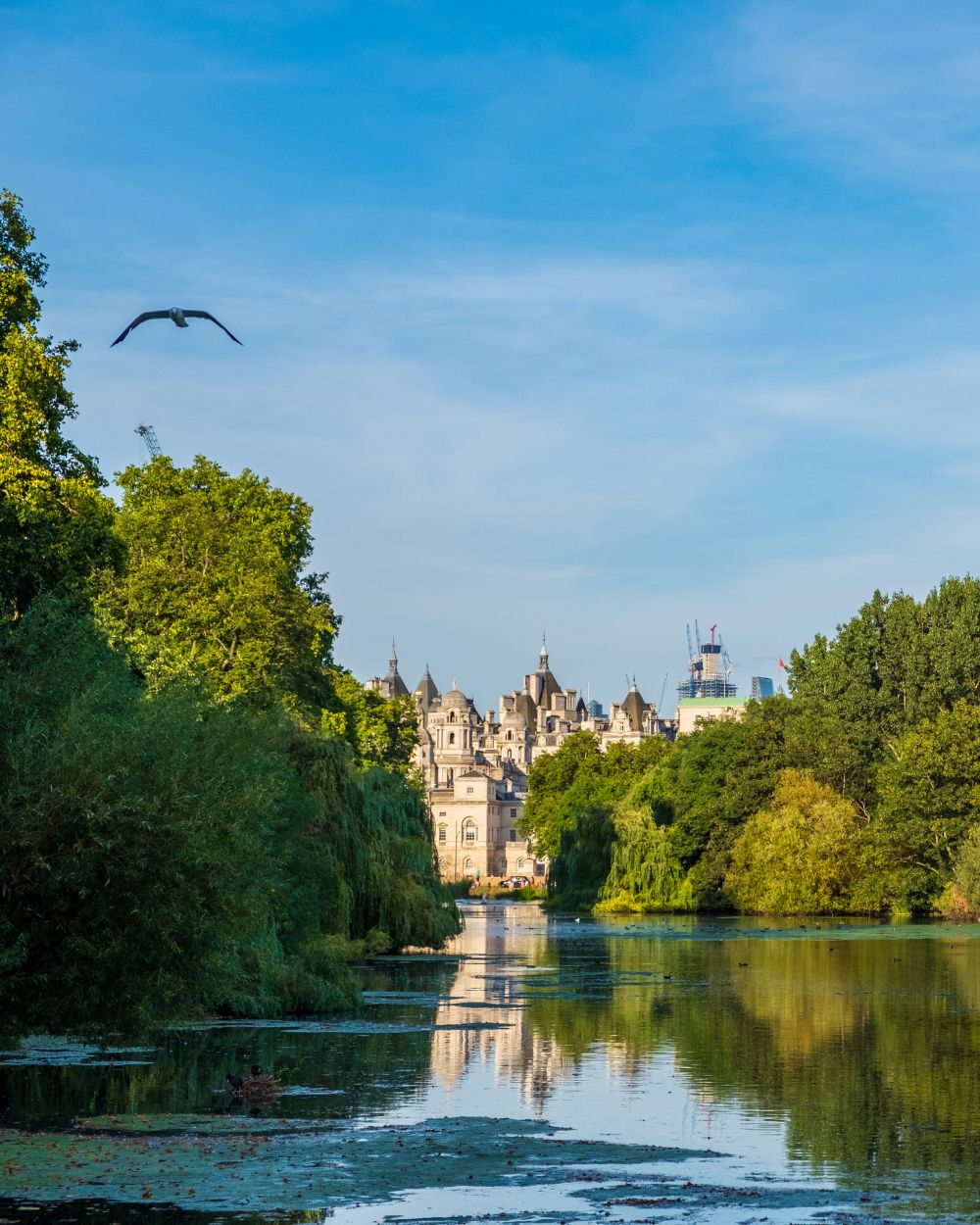
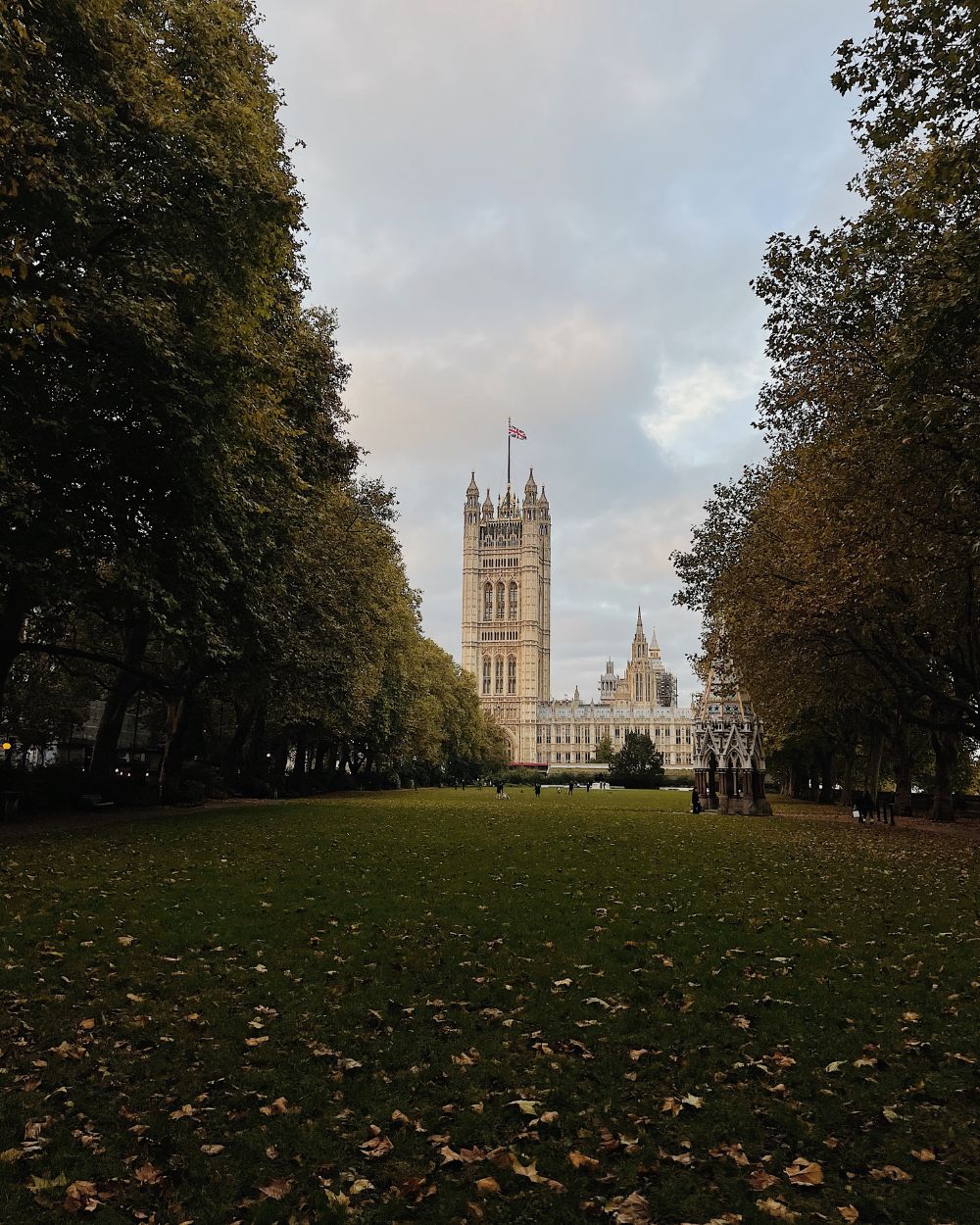
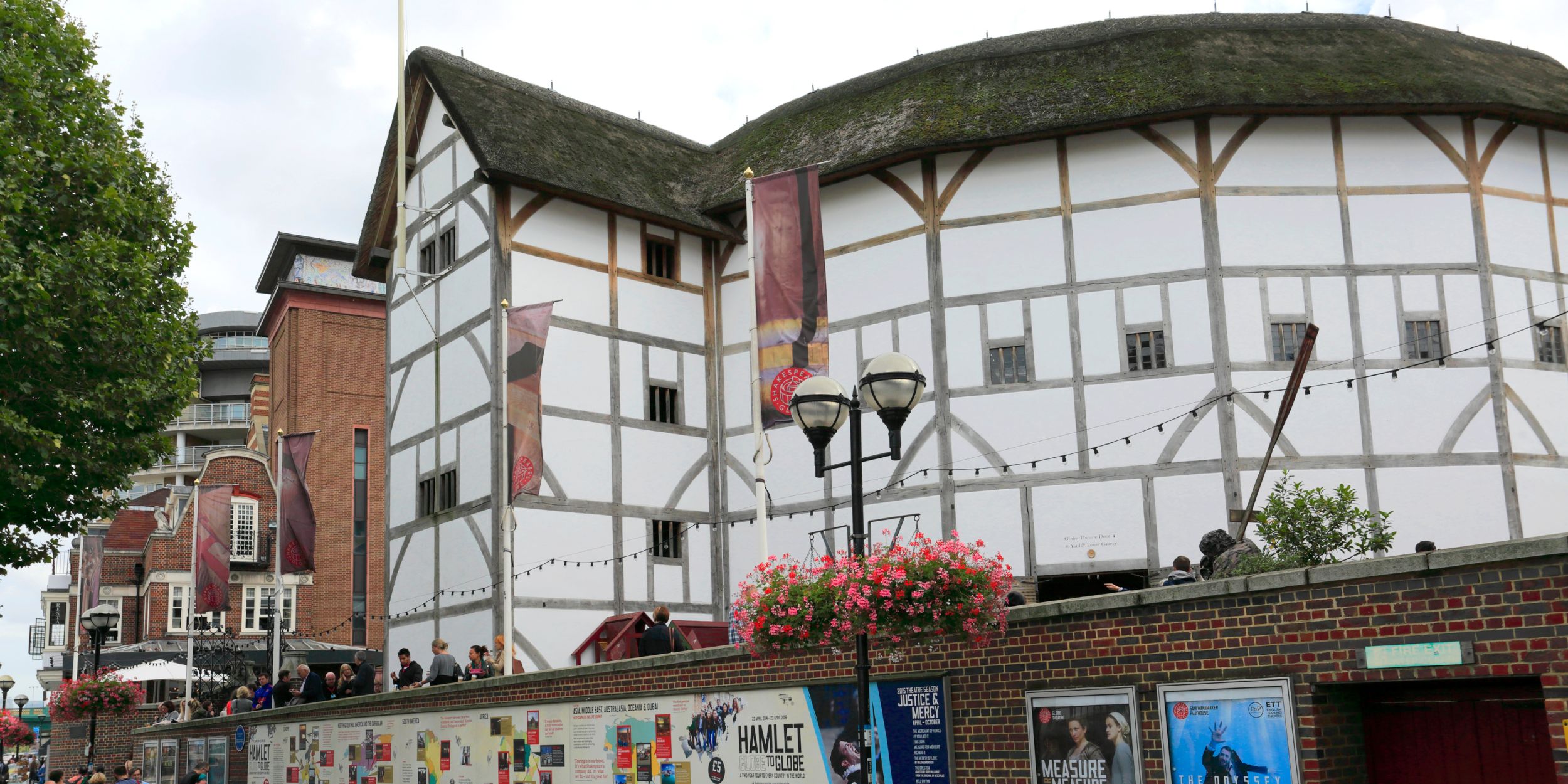
The beating heart of London’s illustrious theatre scene is undeniably the West End. Take a stroll with us through the footlights and explore some of the city’s most iconic theatres and their rich history.
London’s theatrical tradition dates back centuries, with the first permanent playhouse, simply called The Theatre, built in 1576. Shakespeare’s Globe, a reconstruction of the 1599 Globe Theatre, stands today as a testament to this era. While not in the West End, it’s a must-visit for theatre buffs, offering an authentic Elizabethan theatre experience.
The West End as we know it really came into its own in the 19th century. The Theatre Royal, Drury Lane, founded in 1663, is the oldest theatre site still in use. It’s hosted everything from Nell Gwynn‘s performances to modern musicals like “Frozen.”
Her Majesty’s Theatre, home to “The Phantom of the Opera” since 1986, was built in 1897. But theatres have stood on this site since 1705, hosting premieres of Handel’s operas.
The London Palladium, opened in 1910, is known for its variety shows and pantomimes. It’s hosted everyone from Harry Houdini to The Beatles.
Speaking of which, the National Theatre on the South Bank, opened in 1976, is a brutalist masterpiece housing three auditoriums. It’s known for groundbreaking productions and fostering new talent.
The Royal Court Theatre in Sloane Square is the place to catch new writing. Since 1956, it’s been championing innovative playwrights.
Back in the West End, the Lyceum Theatre, currently home to The Lion King, has a history stretching back to 1765. It’s been rebuilt several times, with the current building dating from 1904.
The Adelphi Theatre on the Strand has been entertaining audiences since 1806. It’s hosted a mix of musical theatre, comedy, and drama over the years.
And we can’t forget the Apollo Victoria, a stunning Art Deco building from 1929 that’s been home to the musical Wicked since 2006.
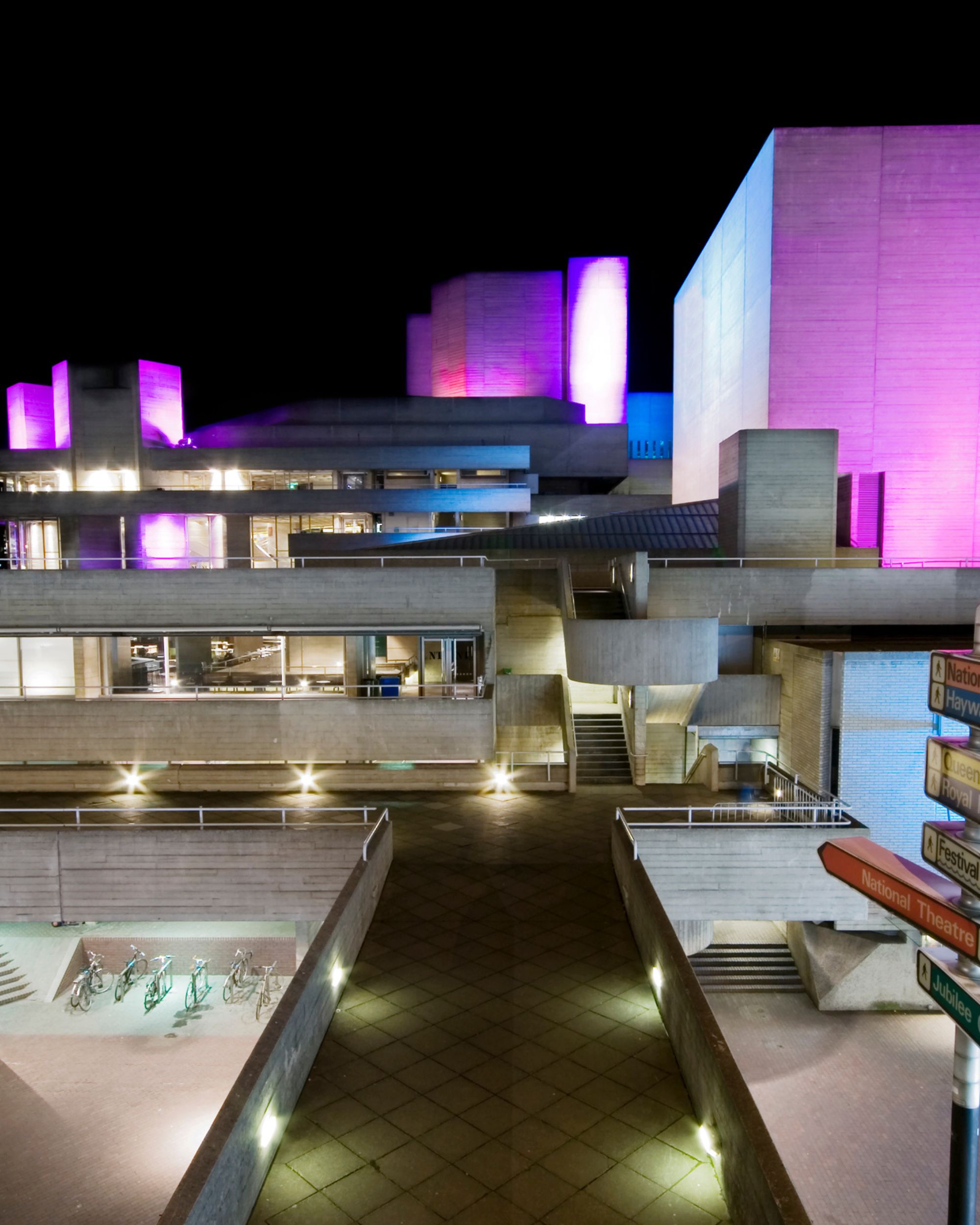
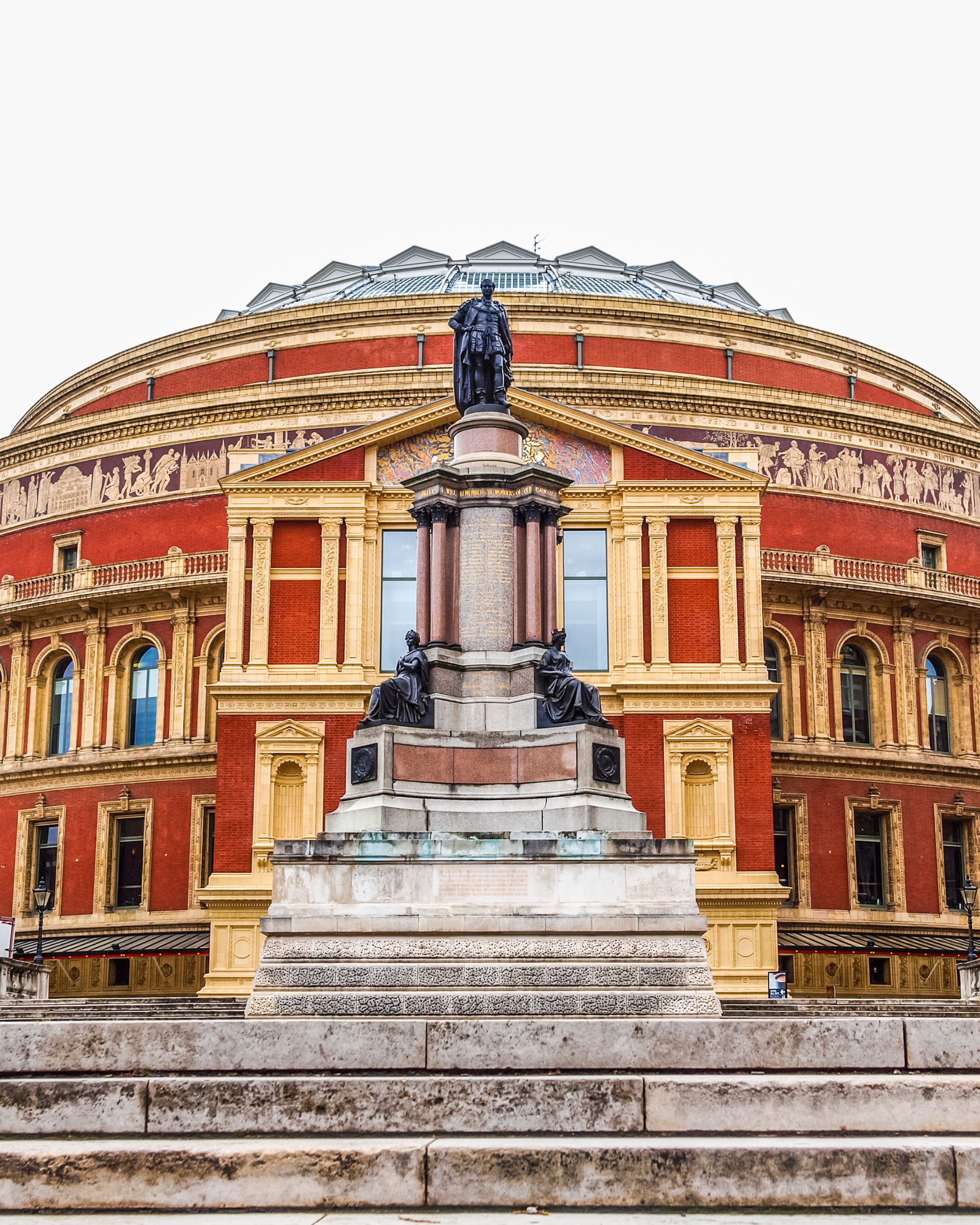
Here is a rough itinerary of a walking tour for PLEBS, book lovers, and architecture enthusiasts in London. As far as cities go, London can be expensive and it is a massive, sprawling city to cover on a city break without exhausting yourself. We created an easy walking tour that will take you through some of the city’s literary hotspots and stunning historical buildings. We’ve even included public transport details to help you navigate.
We suggest you start your journey in the heart of the city.
From here, walk south down Judd Street and turn right onto Tavistock Place, then left onto Marchmont Street.
Continue south on Marchmont Street, then west on Great Russell Street.
Head south on Museum Street, then west on New Oxford Street, which becomes High Holborn. Turn left onto Newton Street.
Walk back to High Holborn and continue west until you reach Chancery Lane and turn.
Head south through Lincoln’s Inn to reach Fleet Street. Walk west.
Continue west on Fleet Street, then south on Whitefriars Street.
Walk back to Fleet Street and continue west. It becomes Strand. Turn right onto Wellington Street.
From here, walk north on Wellington Street, then west on Tavistock Street.
For the next stop, head north.
This walk covers about 3 miles and could take 3-4 hours. Feel free to use buses or the tube between stops. The 8, 25, and 242 bus routes cover much of this area.
Good walking shoes are a must when strolling through London. It’s a sprawling city and you can easily get waylaid by the many landmarks and shopping opportunities along the way. As always in cities where rain falls in a perpetual drizzle, even in the summer, remember to pack a sturdy raincoat or umbrella in your bag.
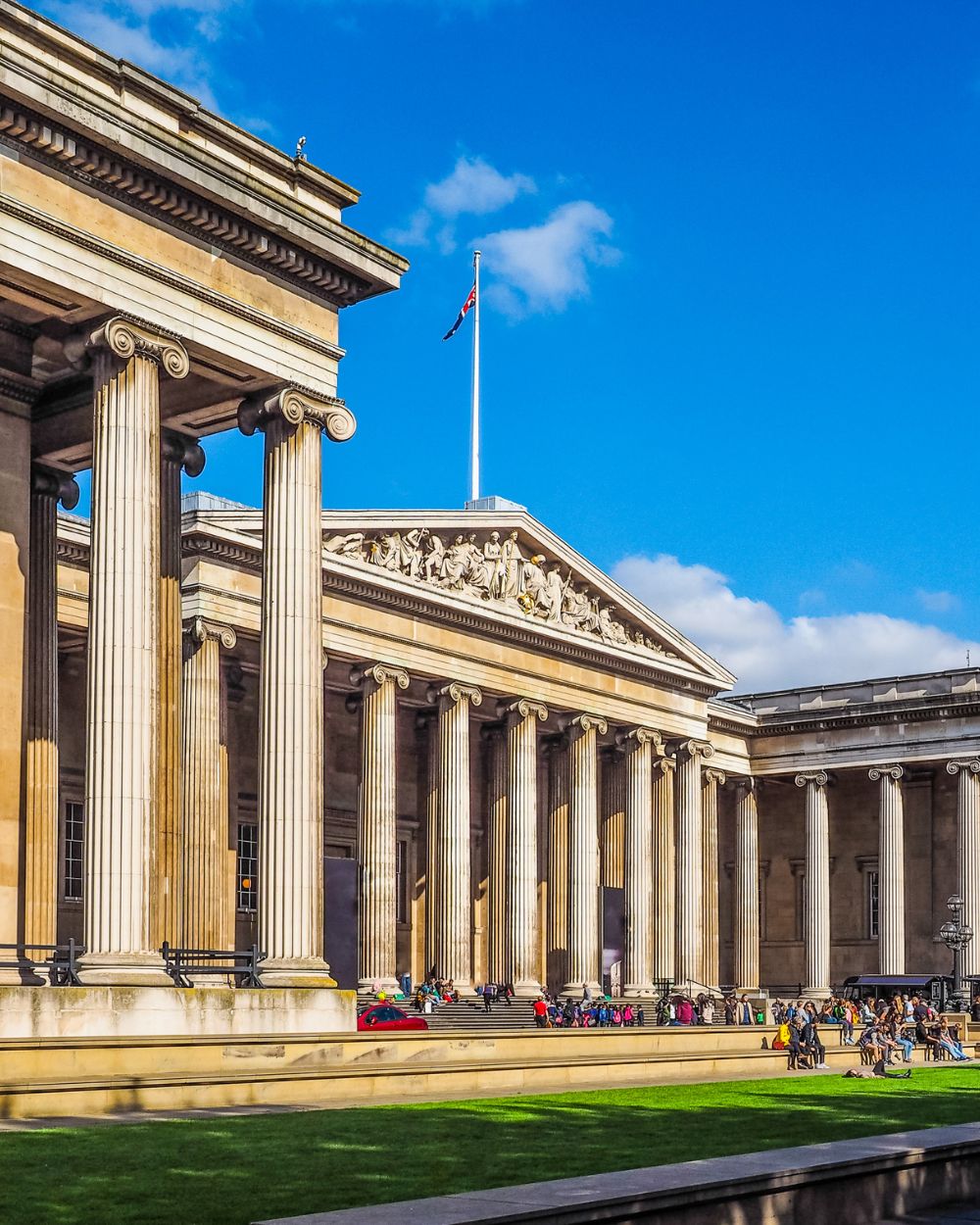
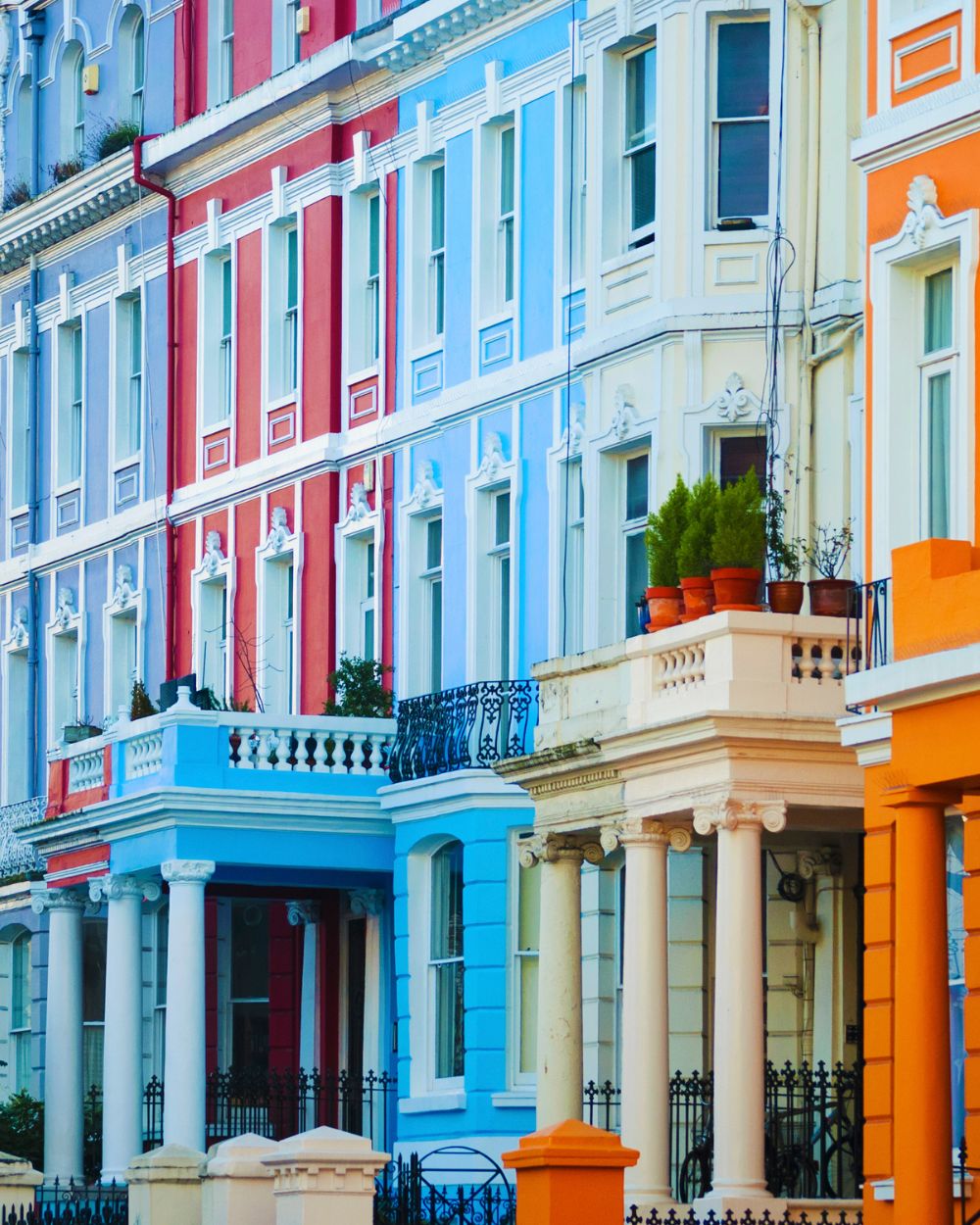
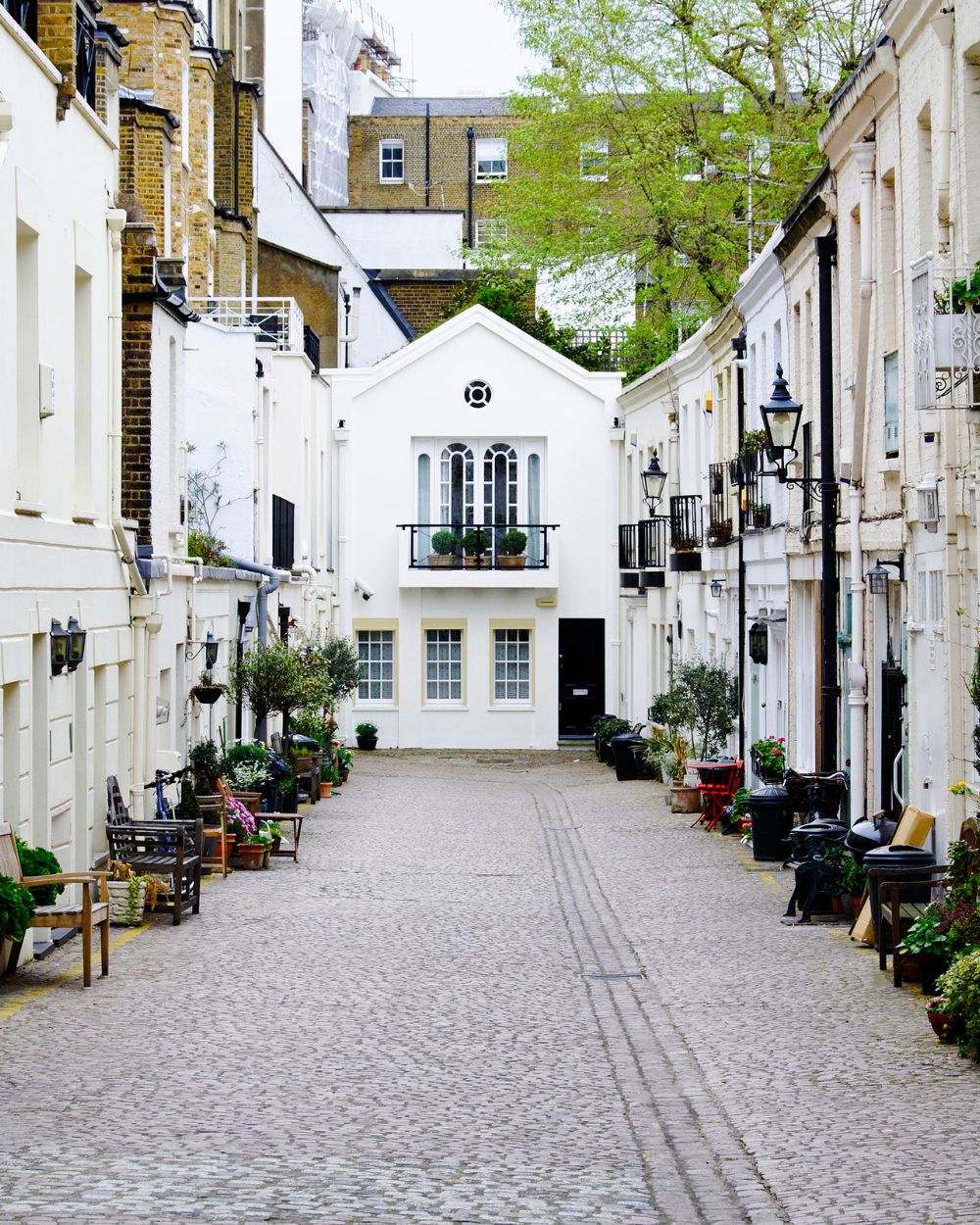
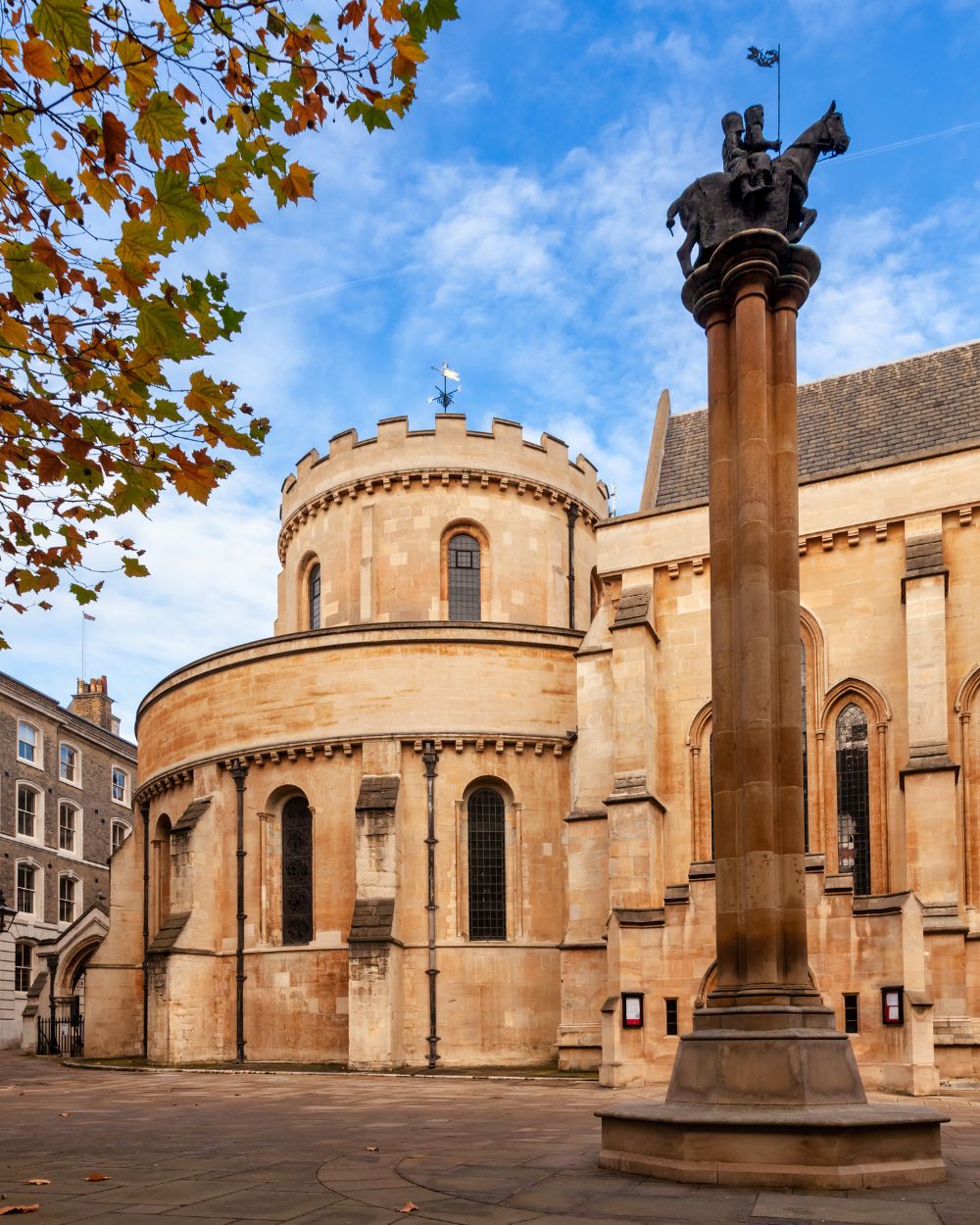
Let’s add a lunch stop and a place for afternoon tea to the walking tour.
For lunch, after visiting the British Museum (stop 3), we’d recommend:
Dalloway Terrace at The Bloomsbury Hotel
16-22 Great Russell St, London WC1B 3NN
(A short walk west from the British Museum)
This beautiful restaurant, named after a Virginia Woolf character, offers a seasonal British menu in a charming, flower-adorned setting. It’s a perfect blend of literary inspiration and culinary delight. The decor changes with the seasons, making it a visual treat year-round.
For afternoon tea, after visiting Somerset House (stop 8), let’s add a delightful afternoon tea experience.
Twining’s Tea Shop and Museum
216 Strand, London WC2R 1AP
(Just a short walk east on Strand from Somerset House)
What could be more fitting for book lovers than having tea at the world’s oldest tea shop? Twining’s has been serving tea since 1706, and their location on the Strand includes a small museum about the history of tea. You can enjoy a cuppa and even create your own blend to take home as a souvenir.
The Dalloway Terrace offers a more substantial meal in a literary-inspired setting, while Twining’s provides a historic tea experience that ties in nicely with London’s cultural heritage.
Remember, it’s a good idea to book ahead for Dalloway Terrace, especially on weekends. Twining’s doesn’t require reservations for their shop, but if you want to participate in any tea tasting experiences, it’s best to check their schedule in advance.

